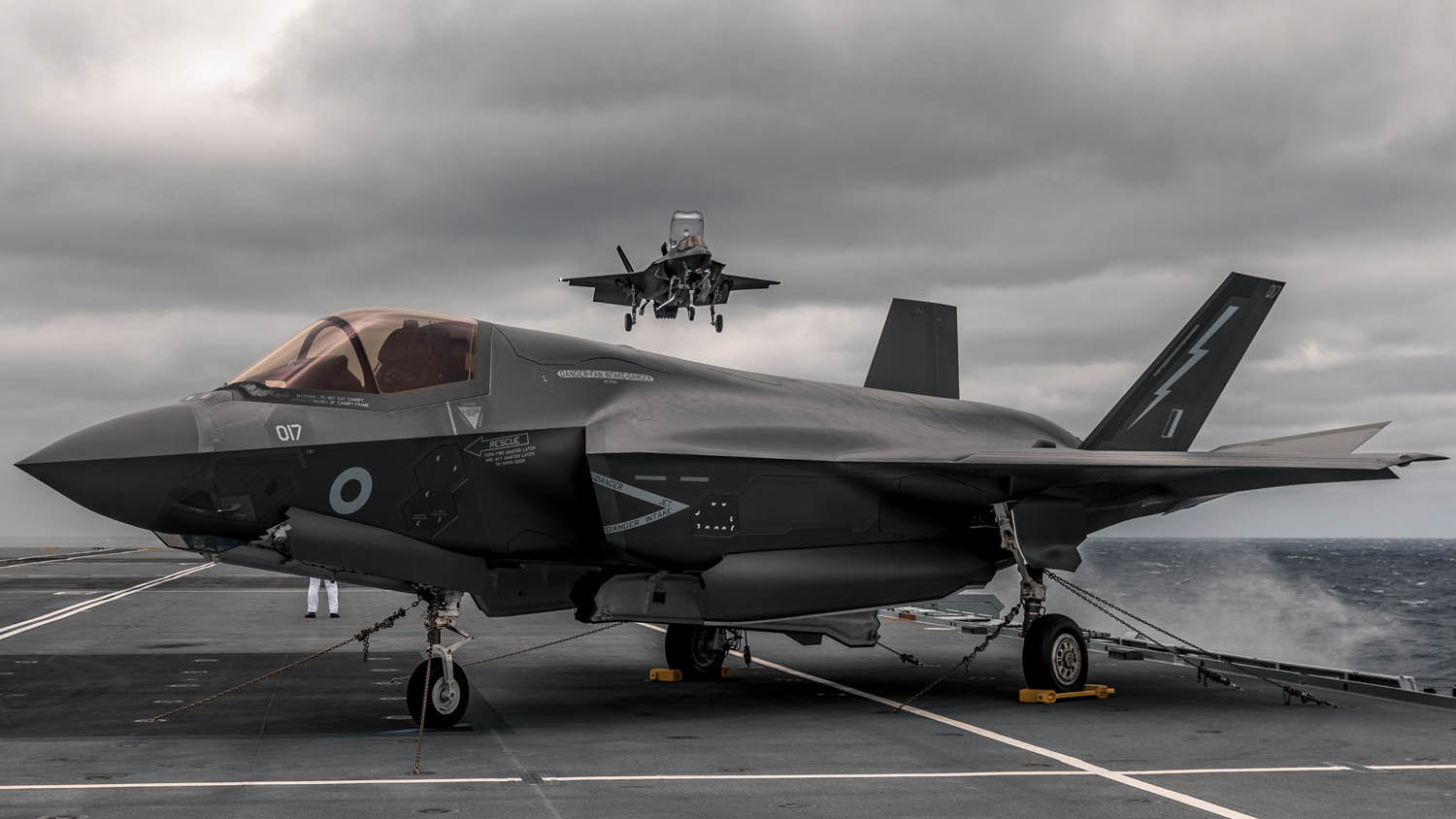The US has recently approved the acquisition of a total of 17 Boeing F-15EX jets through the National Defense Authorization Act (NDAA) for the Fiscal Year 2022. However, this acquisition raises a number of questions.
As the world moves closer to developing next-generation aircraft, the ability to detect and monitor fighter planes improves as well. It is believed that the most sophisticated air defense systems, such as those produced by Russia and China, are now capable of identifying stealth aircraft to a certain degree.

The acquisition of Boeing F-15EX will, no doubt, complement Lockheed Martin’s F-35 stealth jets, which are in service with the US military. Boeing has been selling several variants of the jet to countries such as Kuwait and South Korea, with more types being introduced as time goes on.
The F-15EX is considered one of the best dogfighters among the American jets. According to the Air Force Mag, F-35 and F-15EX aircraft cost around $80 million per aircraft. While the former is known for its stealth capability, the latter has more firepower and can fly higher, further, and quicker.
F-15EX Eagle II
The Boeing F-15EX is the most recent version of the F-15E Strike Eagle, which is based on the original F-15 Eagle from 1972. The new fighter is the most advanced iteration of the F-15 aircraft family’s multi-role, all-weather, day and night versions.
When compared to the older F-15C Eagle and F-15E Strike Eagle models, the F-15EX includes a number of improvements, including the Eagle Passive/Active Warning and Survivability System electronic warfare system, a digital cockpit, Honeywell’s more advanced ADCP-II mission computer, and fly-by-wire flight controls.

The fighter plane is capable of carrying a considerable number of missiles in the assistance of the F-35 fighter jet and can deliver firepower to eliminate targets spotted by the F-35 during offensive operations.
To maintain their stealth profile, F-35s carry armaments in an interior compartment. In comparison, each F-15EX can transport almost 30,000 pounds of air-to-air and air-to-ground weaponry.
✅ Performance
✅ Payload
✅ PersistenceFrom the family of the undefeated F-15, the next-gen #F15EX makes its debut at #AeroIndia2021. pic.twitter.com/gSmz7Tro5R
— Boeing India (@Boeing_In) February 2, 2021
The fighter represents a generational leap forward from the Air Force’s existing F-15s, offering the purchase a smart move for a service that wants to replace outdated planes.
The F-15EX is efficient and affordable. However, the US Air Force refers to the F-35 as a “battlefield quarterback,” capable of tracking the upcoming threat while the F-15EX can eliminate them.
F-15EX vs S-400?
The F-15EX has an extremely impressive weaponry arsenal; with its new Advanced Missile and Bomb Ejection Rack (AMBER) system, the fighter can deploy as many as 22 onboard air-to-air missiles. The jet, on the other hand, is lacking in stealth technology.
According to the Air Force Magazine, if a Russian-made S-400 air-defense system could detect an F-35 at a distance of 20 miles, then it could pick up an F-15EX from 200 miles away.

During a mission with the F-22 and F-35, the F-15EX will very probably be shot down by Russia’s S-400, resulting in a mission failure.
The F-15EX is incapable of withstanding current surface-to-air and air-to-air weapons developed by big powers like Russia and China. With the growing global expansion of Russia’s fearsome S-400 missile system and the impending introduction of its S-500, flying in the contentious territory would become increasingly difficult for F-15 EX fighter jets.
It's really happening. The USAF has just issued sole source notifications for F-15EX and F110 engines, the first concrete steps to signing new orders and reviving US F-15 procurement after a nearly 20-year hiatus. https://t.co/wJ0WEahMmEhttps://t.co/i97nffragn pic.twitter.com/EwRF7iM2k1
— Steve Trimble (@TheDEWLine) January 28, 2020
The US Air Force had earlier made an order for approximately 140 F-15EX combat jets. However, it was widely regarded as one of the USAF’s poorly considered acquisitions in recent years.

In October, the Mitchell Institute for Aerospace Studies stated in a report that instead of reviving fourth-generation fighters under the F-15EX program, the US Air Force should focus on producing additional F-35As and other stealth fighter jets.
The report argued that at a time when the Air Force has a limited inventory of fighters, the conventional F-15EX will end up serving a limited defensive role in a war.

The report cited the Air Force’s recent experience in Syria to emphasize the need of deploying stealthy jets. Russia has S-400 surface-to-air missile systems, which the US Air Force could only counter with F-22 and F-35 fighter jets.
Other adversaries like China and Iran could possibly use similar air defense systems to knock off non-stealthy American jets.
One thing is certain: the US Air Force will require a fighter capable of penetrating deep into enemy territory and destroying mobile or problematic targets with sufficient firepower. Attempting to hit targets from afar alone will not suffice.
- Contact the author at ashishmichel@gmail.com
- Follow EurAsian Times on Google News




